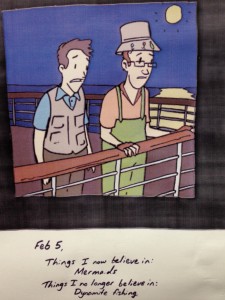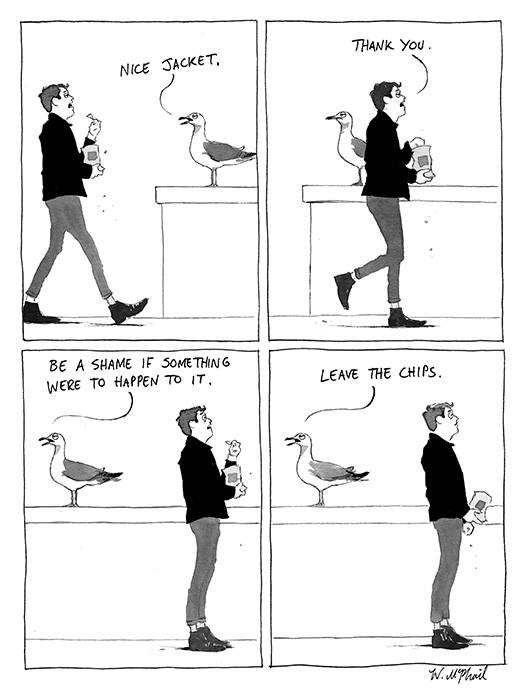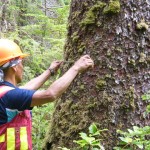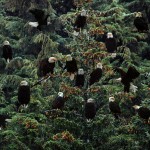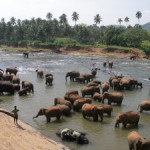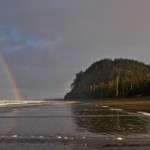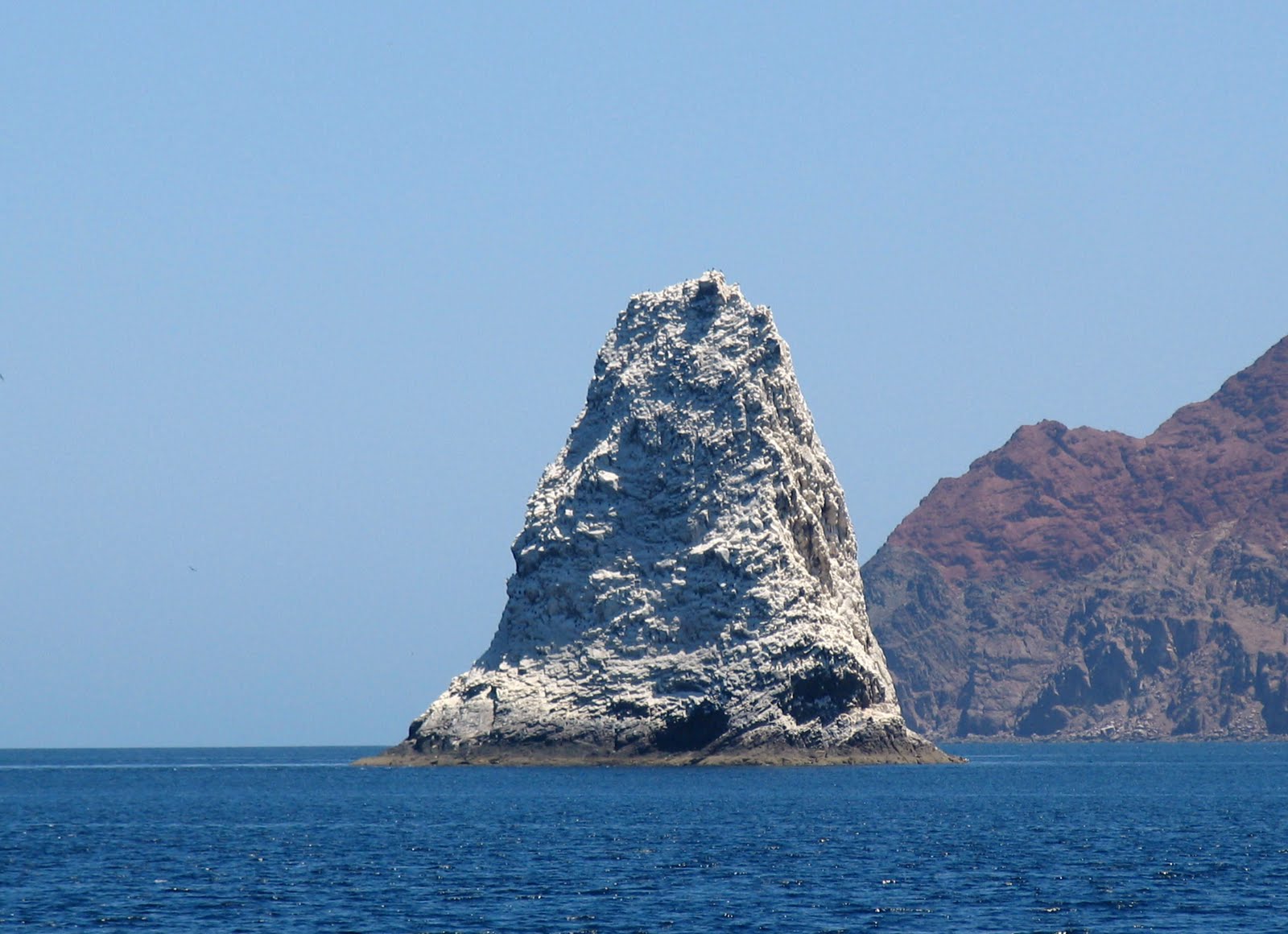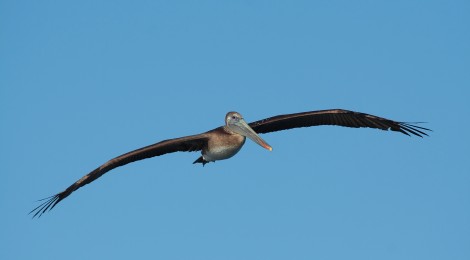
A Wonderful Bird Is The Pelican
But this year neither his beak nor belly hold anything.
California brown pelicans’ breeding numbers are in drastic decline this year, according to an annual population survey led by a University of California, Davis, professor emeritus. The low nesting rates this spring clearly indicates that collapse of their ocean pasture feeding grounds is imperiling the once-endangered species. Many other sea birds are reported to be also suffering nesting failures this year.
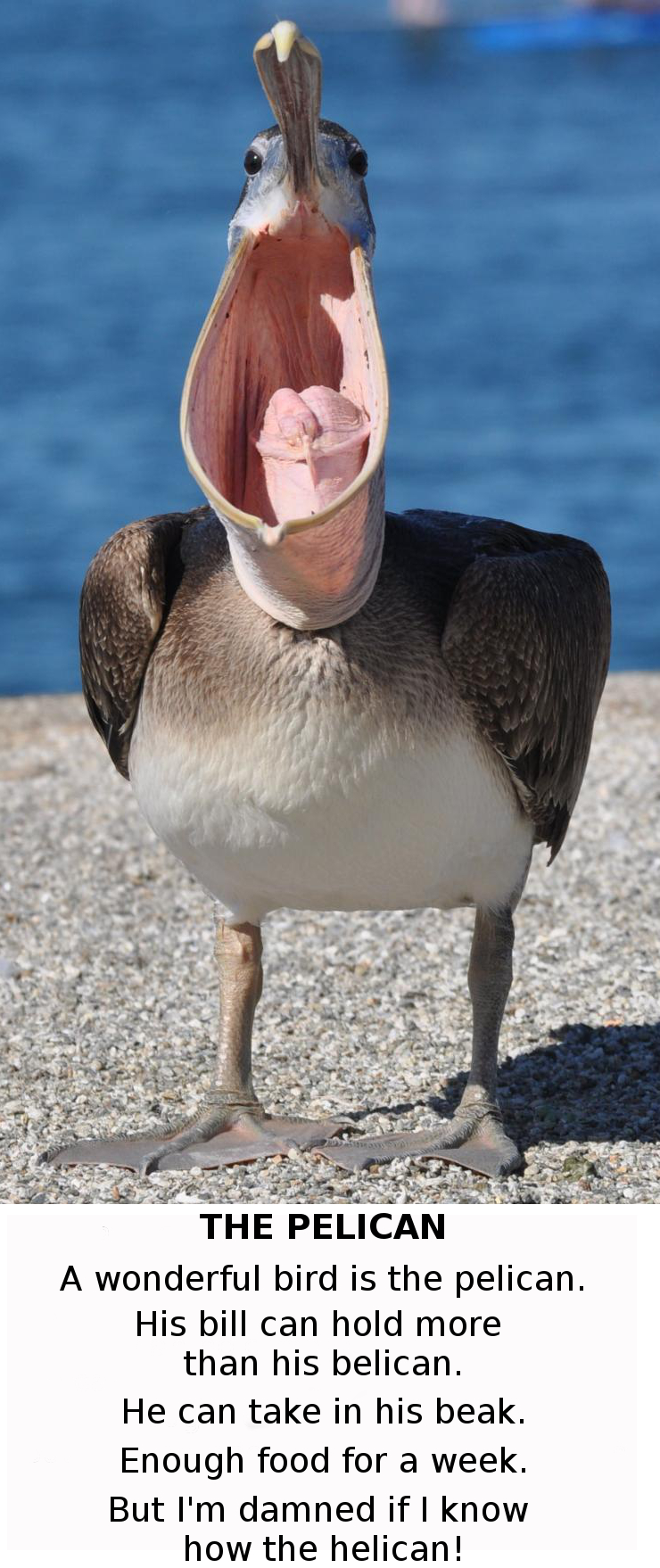 Reports of the collapse of Pacific ocean pastures is now becoming an incredibly frequent feature in the nature news and ocean science community. Save for this blog there are precious few sources of information that focus not only on this widespread ocean pasture cataclysm. Even fewer advocate becoming stewards of those dying ocean pastures before it is too late and restoring and replenishing them to health and abundance.
Reports of the collapse of Pacific ocean pastures is now becoming an incredibly frequent feature in the nature news and ocean science community. Save for this blog there are precious few sources of information that focus not only on this widespread ocean pasture cataclysm. Even fewer advocate becoming stewards of those dying ocean pastures before it is too late and restoring and replenishing them to health and abundance.
We can, must, and are working to help — as truly a wonderful bird is the pelican.
This new report describes the plight of the West Coast Brown Pelican’s desperate and their largely futile search for food — mostly anchovies, sardines, and other small, schooling forage fishes. The collapse of the forage fish is now widely reported.
This pelican crisis has resulted in thousands of brown pelicans flocking to a few remaining food hot spots along the southern California coast and as far north as Washington this May, about six weeks earlier than expected. Large numbers are also being observed migrating across the Baja Peninsula roughly six weeks early. But the majestic birds are in serious trouble.
Pelican Nesting Survey Reports A Disaster
The survey of breeding sites, completed at the end of May, by UC Davis professor emeritus and wildlife biologist Dan Anderson with colleagues from the Mexican conservation agency. The scientists found that this year, areas that typically host thousands of nesting pairs held only a few hundred at most, and in some cases zero nesting pairs. Even worse in many locations none of the nesting birds successfully hatched chicks.
“That’s what we call a failure, a bust,” said Anderson, who has been monitoring brown pelicans for the past 46 years. “The bottom dropped out.”
The survey’s findings include:
At Angel de la Guarda, there were 120 nesting pairs and zero young in 2014, which is less than 2 percent of the past four years’ average since the pelicans were delisted. For comparison, in 2006 — considered a “good” year for the pelicans — there were 3,550 nesting pairs and 3,905 young on the island.
At Isla San Luis, there were 465 nesting pairs producing 16 young (9 percent of normal) in 2014, compared with 5,400 nesting pairs and 5,940 young in 2006.
At Isla Piojo, there were 70 nesting pairs and zero young in 2014 (19 percent of normal), compared with 600 nesting pairs and 660 young in 2006.
Low breeding numbers are often associated with El Niño conditions, which bring warmer waters to the Eastern Pacific Ocean. However, this year, the pelicans began showing signs of trouble well ahead of this summer, when El Niño was predicted to begin. Anderson is not sure why this is occurring, though possible explanations must start with the apparent collapse of ocean pasture and the pelicans’ food supply.
“Populations do decline somewhat during El Niño years, but never nearly as drastically as what we saw widespread this year,” Anderson said. “During most El Niño events we’ve seen, numbers of nesting attempts drop by at least half to two-thirds, and production goes down, too. But it drops from thousands to hundreds, not to 10 or less.”
This spring, when the birds arrived at breeding colonies at all, many arrived late. Of those who nested, many abandoned their nests when they could not find enough food to sustain their stay.
Ocean Pastures With Or Without Forage Fish
Forage fish are the key to most ocean life and especially the pelican. These small schooling fish typically live far off shore but come to shore in vast numbers where the pelicans make a feast of them. When the offshore ocean pastures primary productivity fails as it is shown to have been doing for many years the forage fish populations collapse. Just such a collapse of Pacific sardines has just this year (2014) has been seen in populations of those vital sardines dropping to one-quarter of their traditional numbers.
The collapse of ocean pastures is due to the effects of high and rising CO2 in the Earth’s atmosphere. As CO2 levels have increased this has greatly benefited grasses that grow on terrestrial pastures. That higher concentration of CO2 is helping those grasses grow bushier and remain greener and we call that “good ground cover.” That good ground cover is preventing dust from blowing from those lands when the wind blows. Tragically that dust in the wind is the most vital ocean mineral nutrient which controls whether the ocean pastures bloom or not. Dust in the wind is the Yin to ocean pastures just as rain in the wind is the Yang for pastures on land. Here’s a link to the Yin and Yang of pastures.
We can and are restoring ocean pastures. It Just Works!
In 2012 in our first large-scale ocean pasture restoration project in the NE Pacific the ocean came back to life. Seabirds by the tens of thousands flocked to our blooming ocean pasture, as did great whales and other sea life. While we collected tens of thousands of observations of the ocean return to life the best evidence is seen in the fact that the fish have returned in the region to highest numbers of abundance in all of history. Here’s a start on some reading on this ocean pasture salmon miracle.
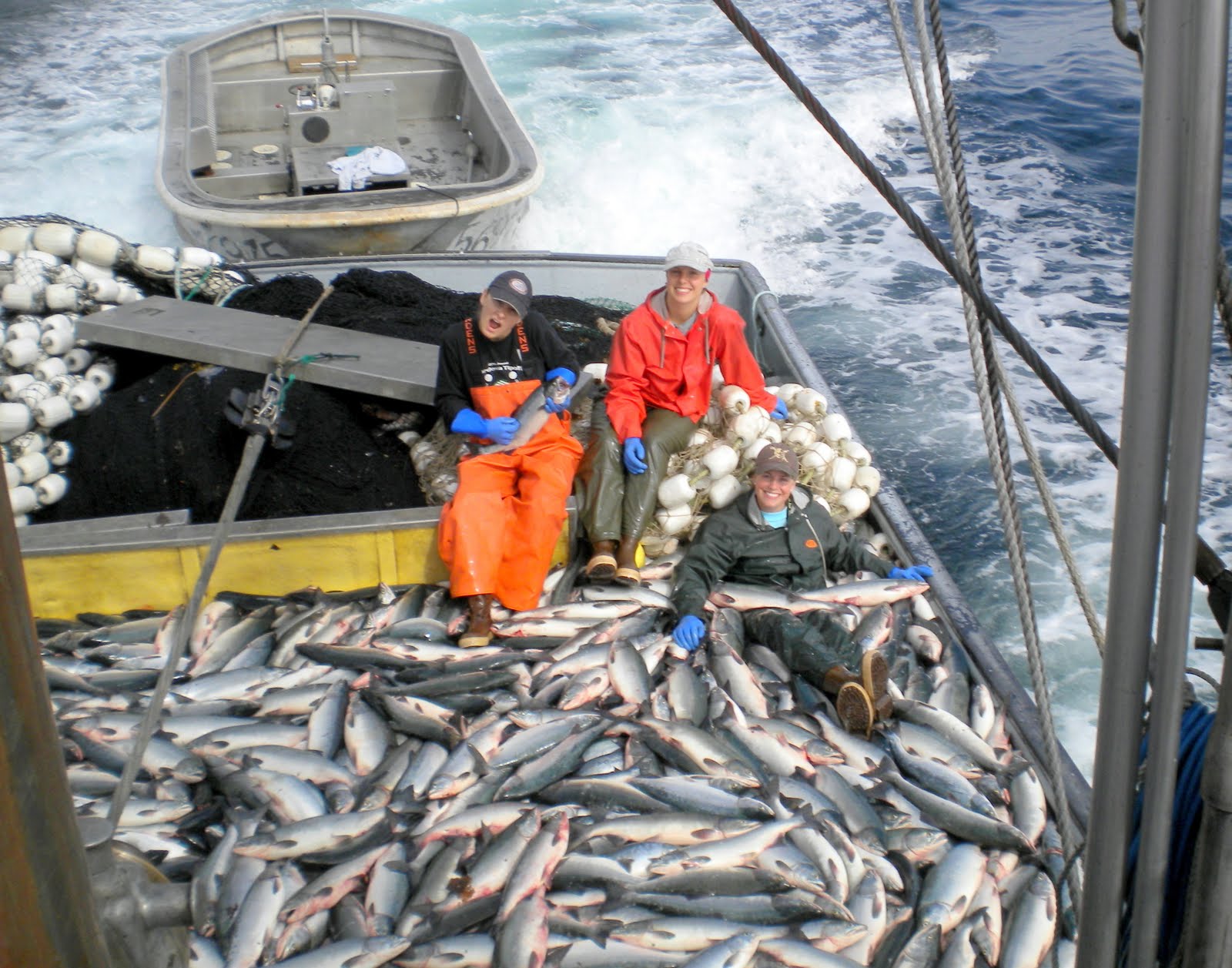
The Fish Came Back From Our Restored Ocean Pasture Producing The Largest Catch Of Salmon In Alaskan History
Like the cat the fish came back the very next day, the fish came back they just couldn’t stay away. In Alaska the largest catch of salmon in all of history happened last fall as our ocean pasture fed salmon swam into the nets and onto our plates. Read — The Fish Came Back
Read about the collapse of Pacific forage fish in this post.
Primary funding for the 2014 survey came from the Davis-based California Institute of Environmental Studies at UC Davis.

